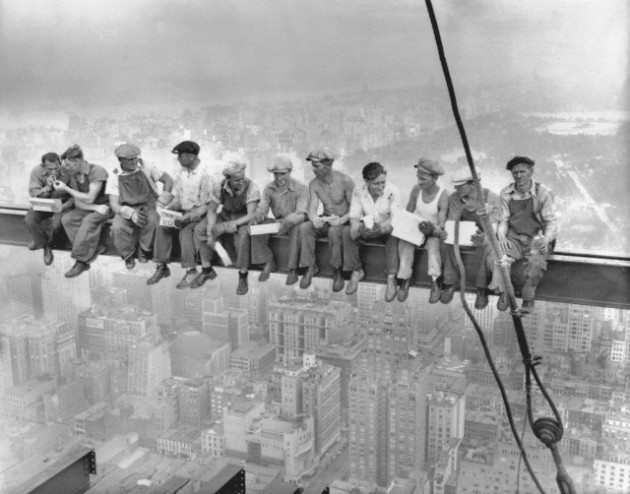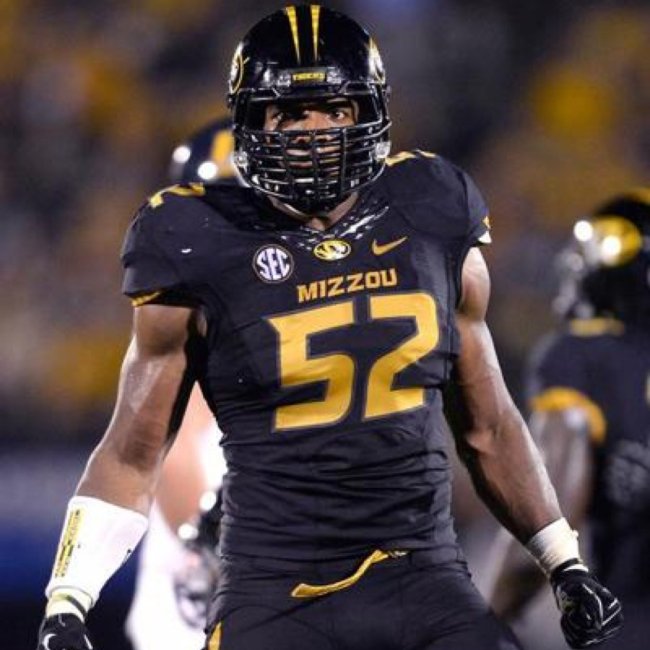Everywhere you turn news hits you right in the face. Whether it’s online, on TV, or even in your pocket breaking stories are always accessible.
But just how effective are these sources of media? Everyone has their own opinion on what they enjoy best, but the real question is which is the most efficient?
When you start talking about daily news the first thing you have to mention is the newspaper- the pioneer in the journalism field. Although it is a dying artwork, the newspaper is the backbone of all news information. 20-years ago the only way people would get their news would be to pick up the newspaper and physically read what was on the pages. What made newspapers so special however was the physical aspect of the paper, and that you could pick and choose what information you wanted to read at any moment. Another beauteous thing about the paper was that you could go back and re-read articles or save them for your morning coffee break while at work. Why would anyone want to change that?
The answer is simple. People are getting lazy.
Not many people want to go through the process of flipping back and forth through the pages of the newspaper when they could easily just read the same story in one file online. Also a major problem with newspapers is that they are only printed once a day. Once the paper is printed, you cannot go back and change any mistakes, or add news that happened in the same day. Newspapers also cost money to read, why pay extra money to read something when you can easily just pull out your phone to read the same thing free of charge?
Another major resource that people turn to for the news is to TV’s for local news. Morning and evening news reports were a revolutionary change. Not only could you update information as you learned it throughout the day, you had the capability of adding video so people could actually see what was happening. News stations had the ability to report live from the scene and could film people’s reactions as the story was happening.
How could there possibly be a downfall though? Well despite TV news happening more frequently than the newspaper is printed, it still isn’t fast enough. People want their information the second that it happens. Another major downfall that news stations don’t offer is the ability to allow you to pick and choose what information you want to know.
I guess that leaves one final media outlet, and that is the one that is taking over the world today and that is online news. News that you can get right to your pocket the second it happens. With the emergence of social media, especially twitter over the past few years, any and all news stories are just a few seconds away.
This has to be perfect, its fast, easy, and efficient. This has to be the best source of information.
Think again. Now that news is coming to you from a different variety of sources you have to weed out the good sources from the bad ones. Online news sources are often times so worried about being the first place to break the story that not all of their information is accurate. As a result of that, rumors start spreading and the validity of the news aren’t as good as we think they are.
So what’s the best way to get your news? That’s up for you to decide. Just know one thing; the world of journalism isn’t perfect and it will never be, so pick and choose carefully who you want to get your information from.


